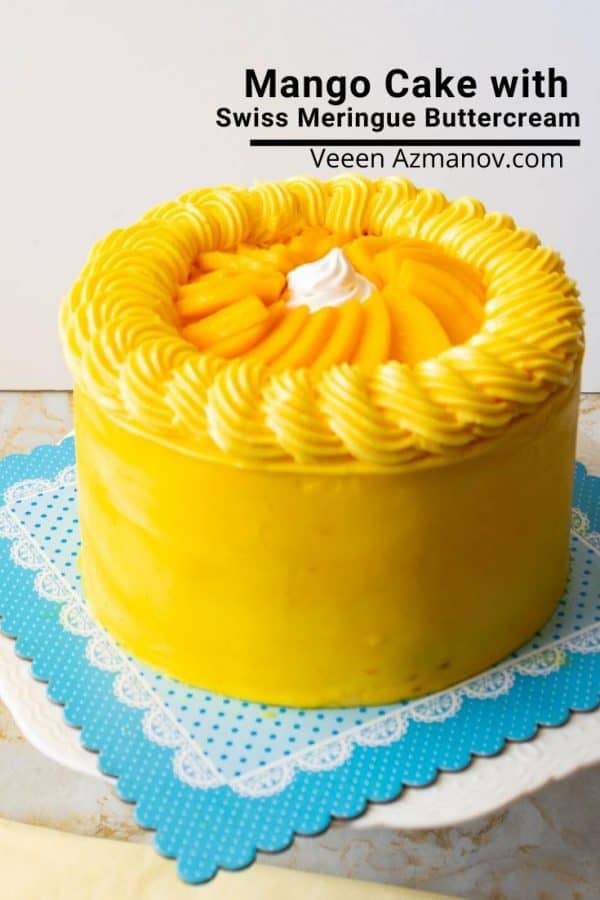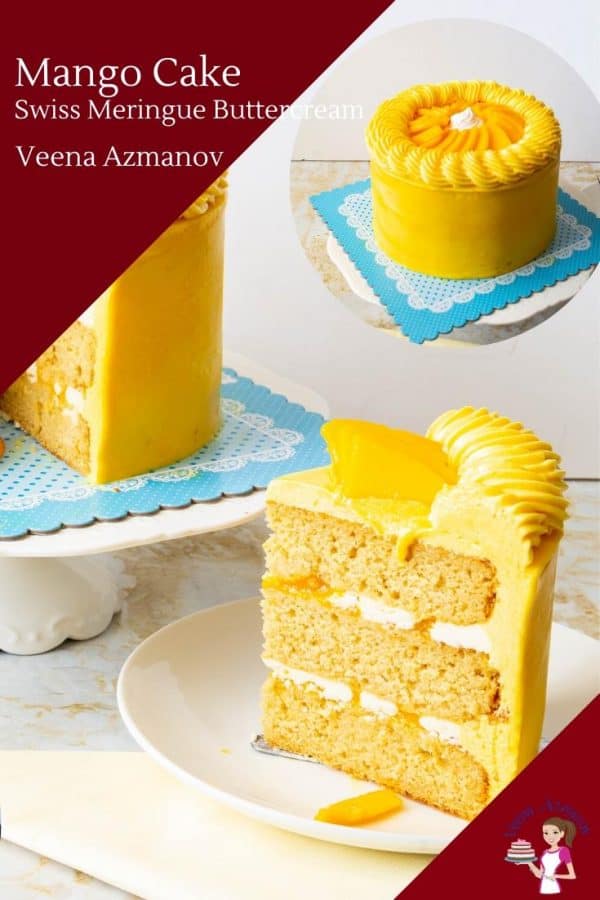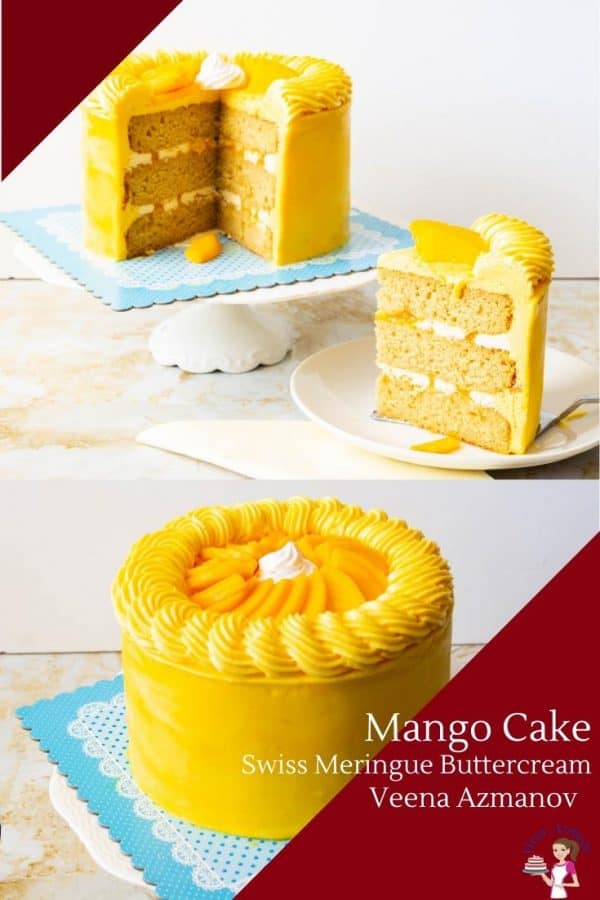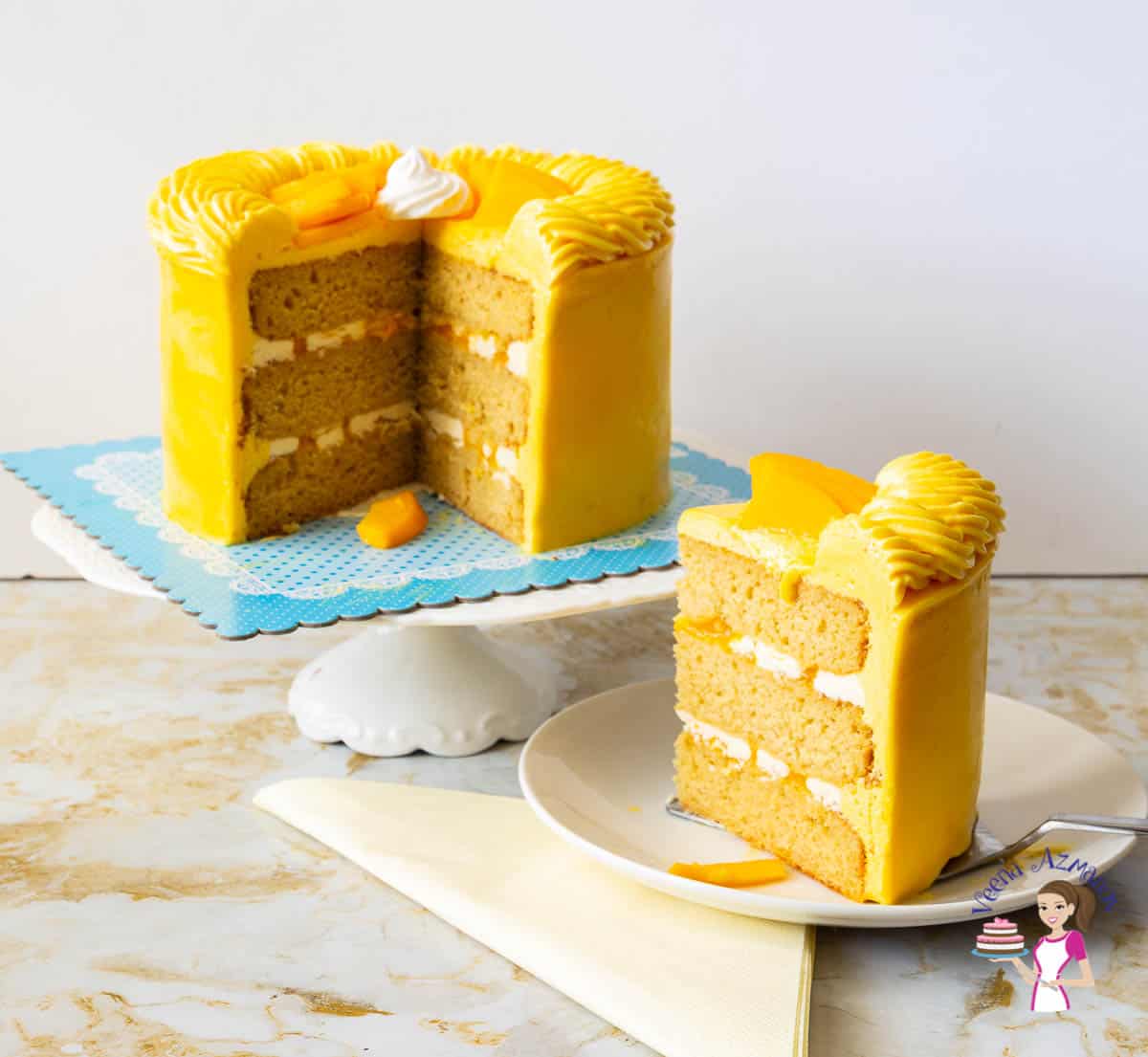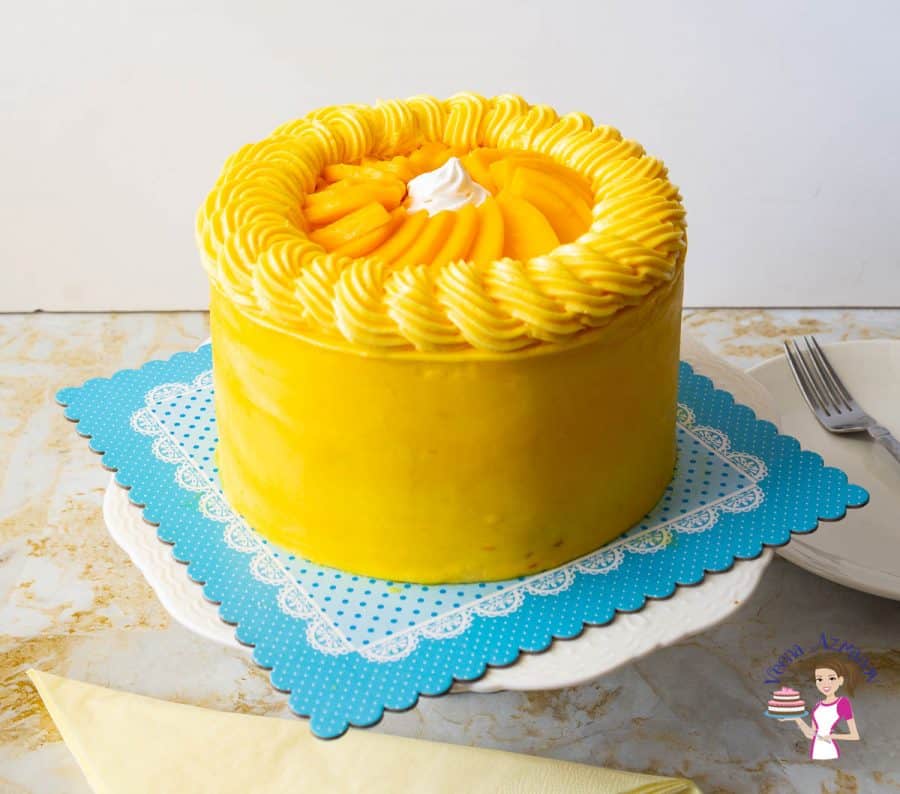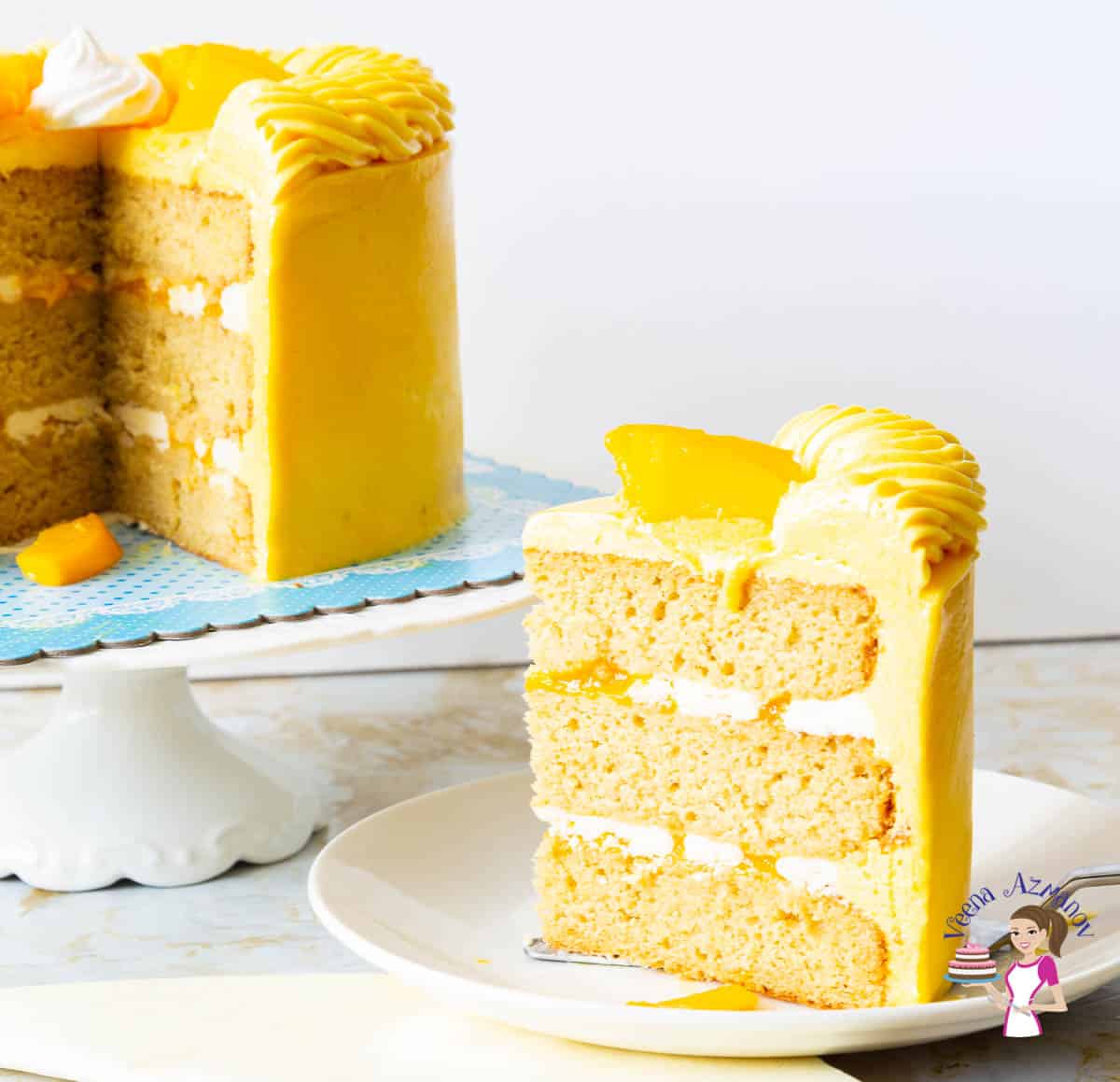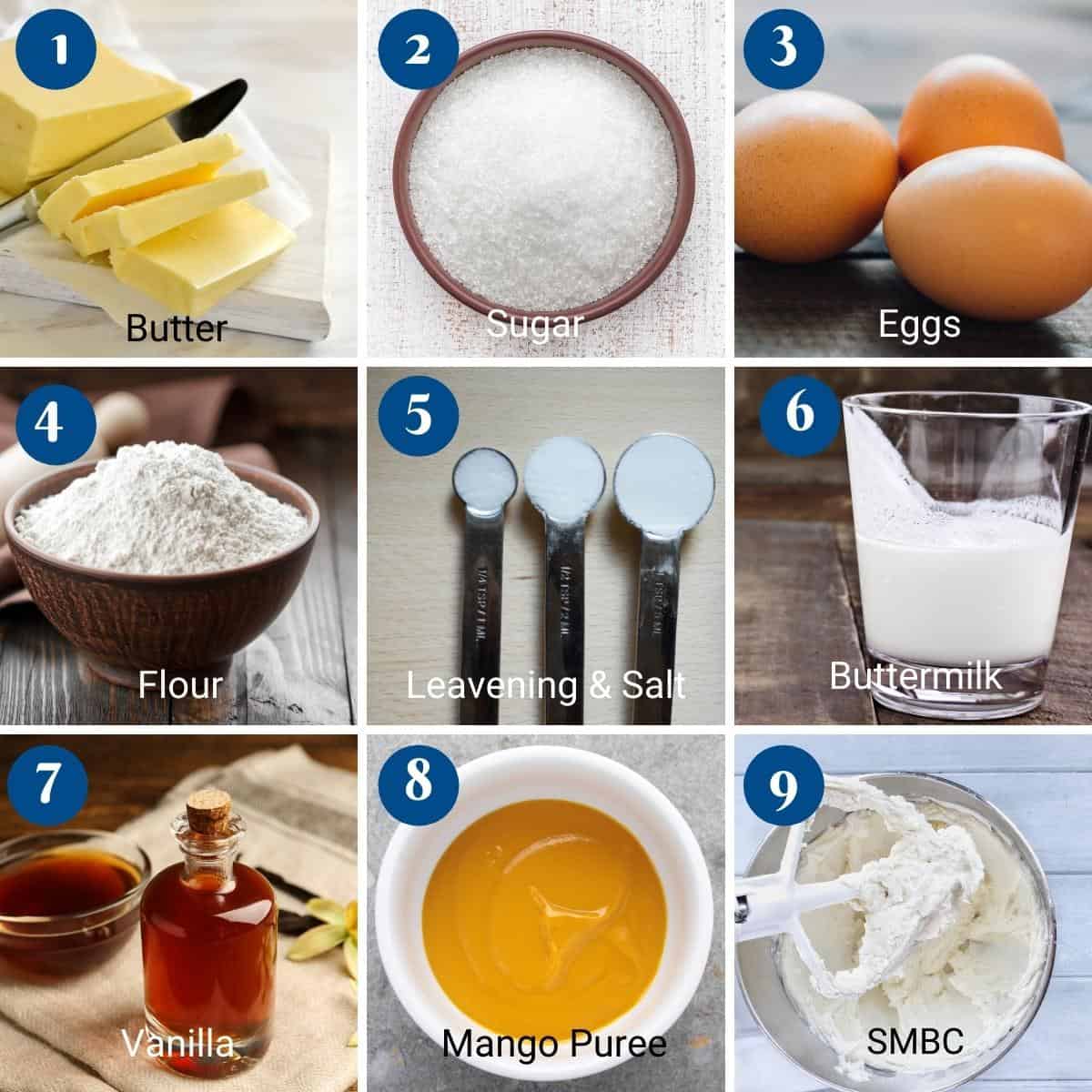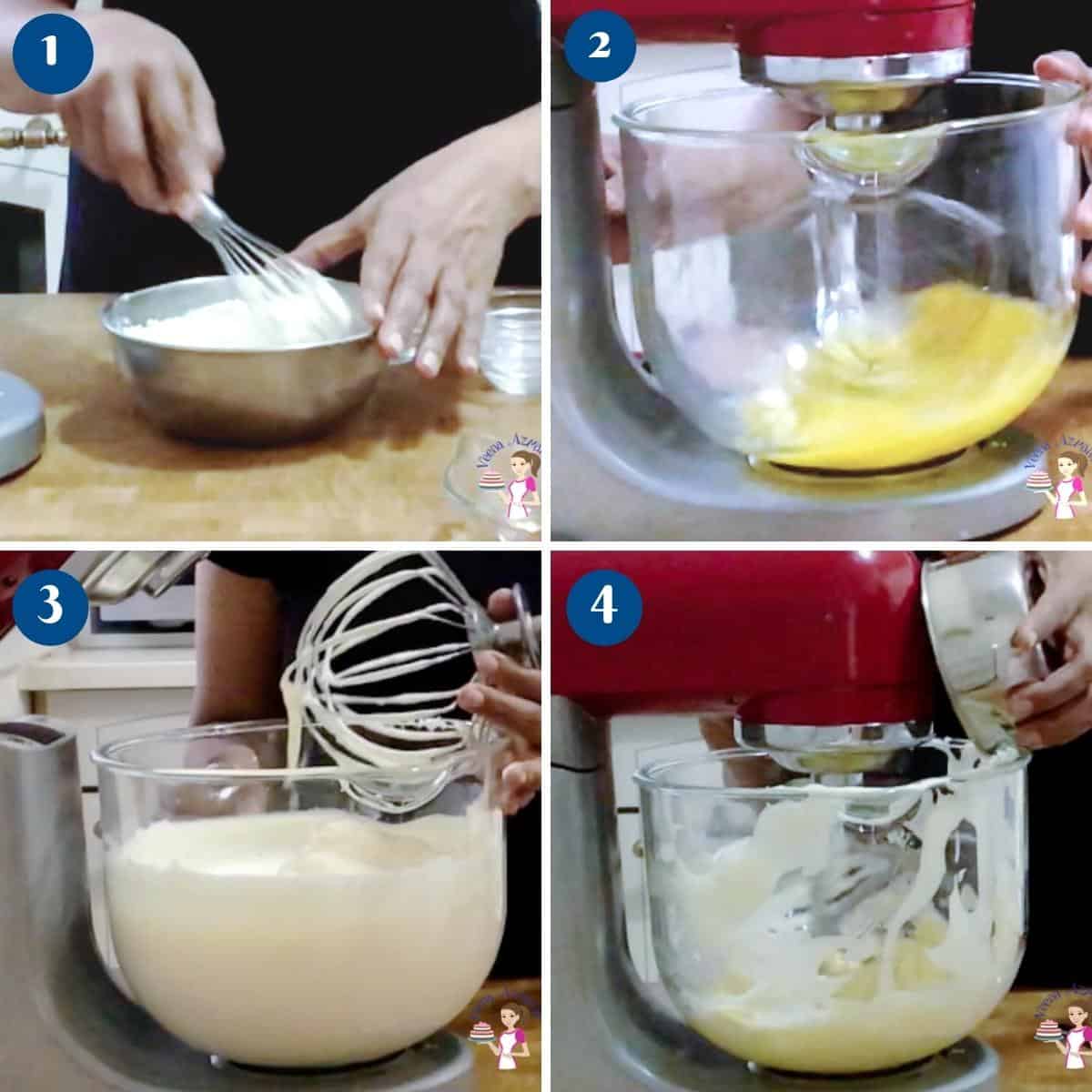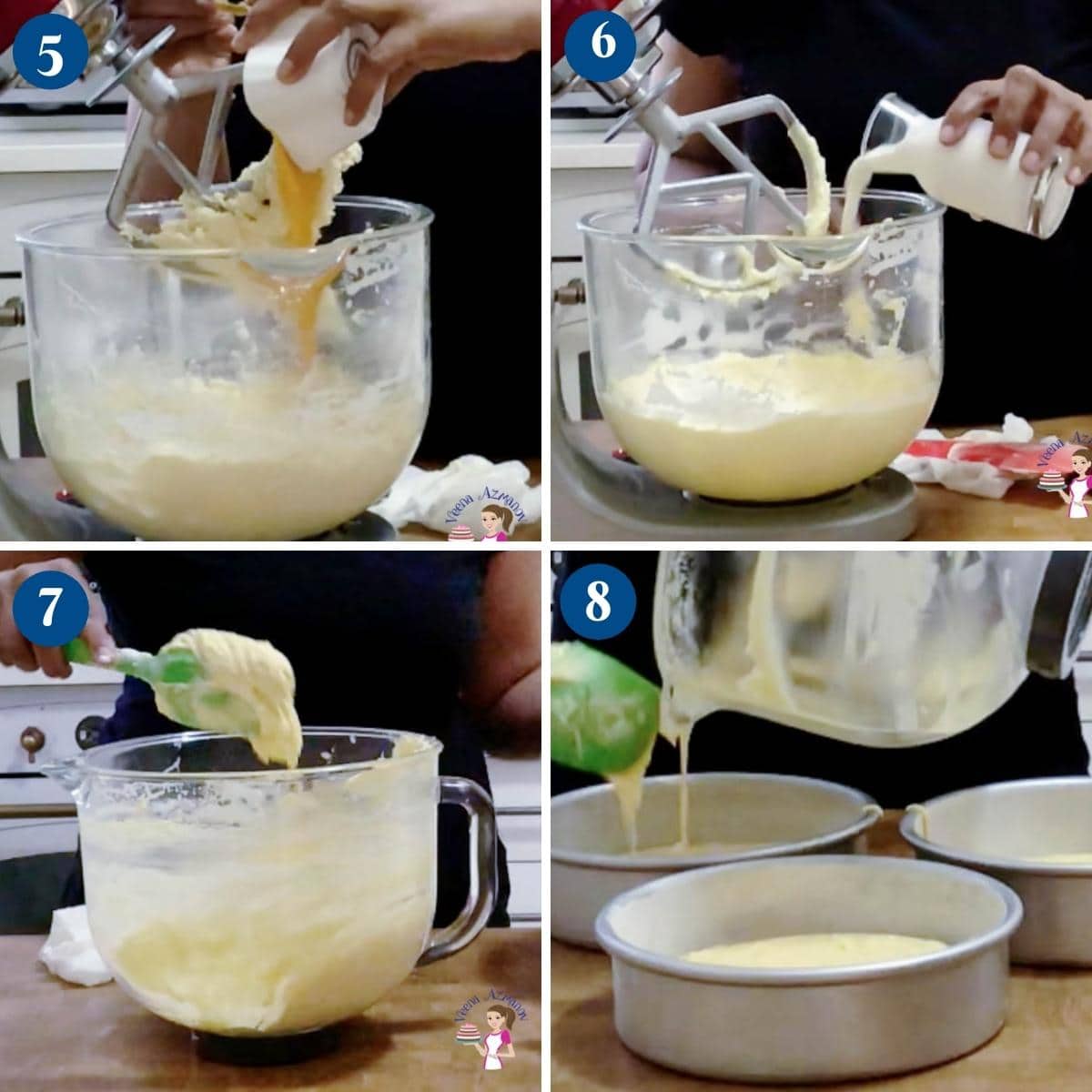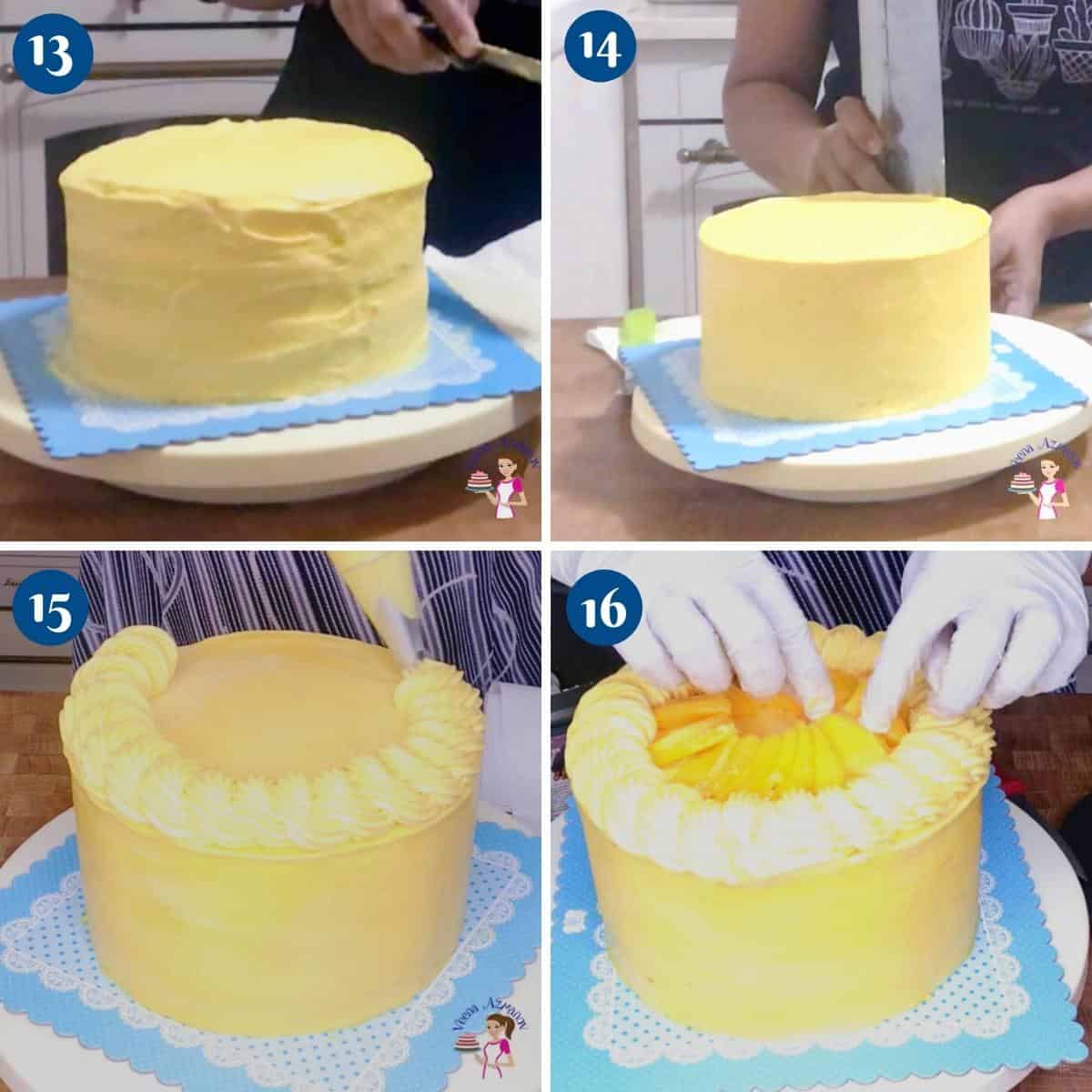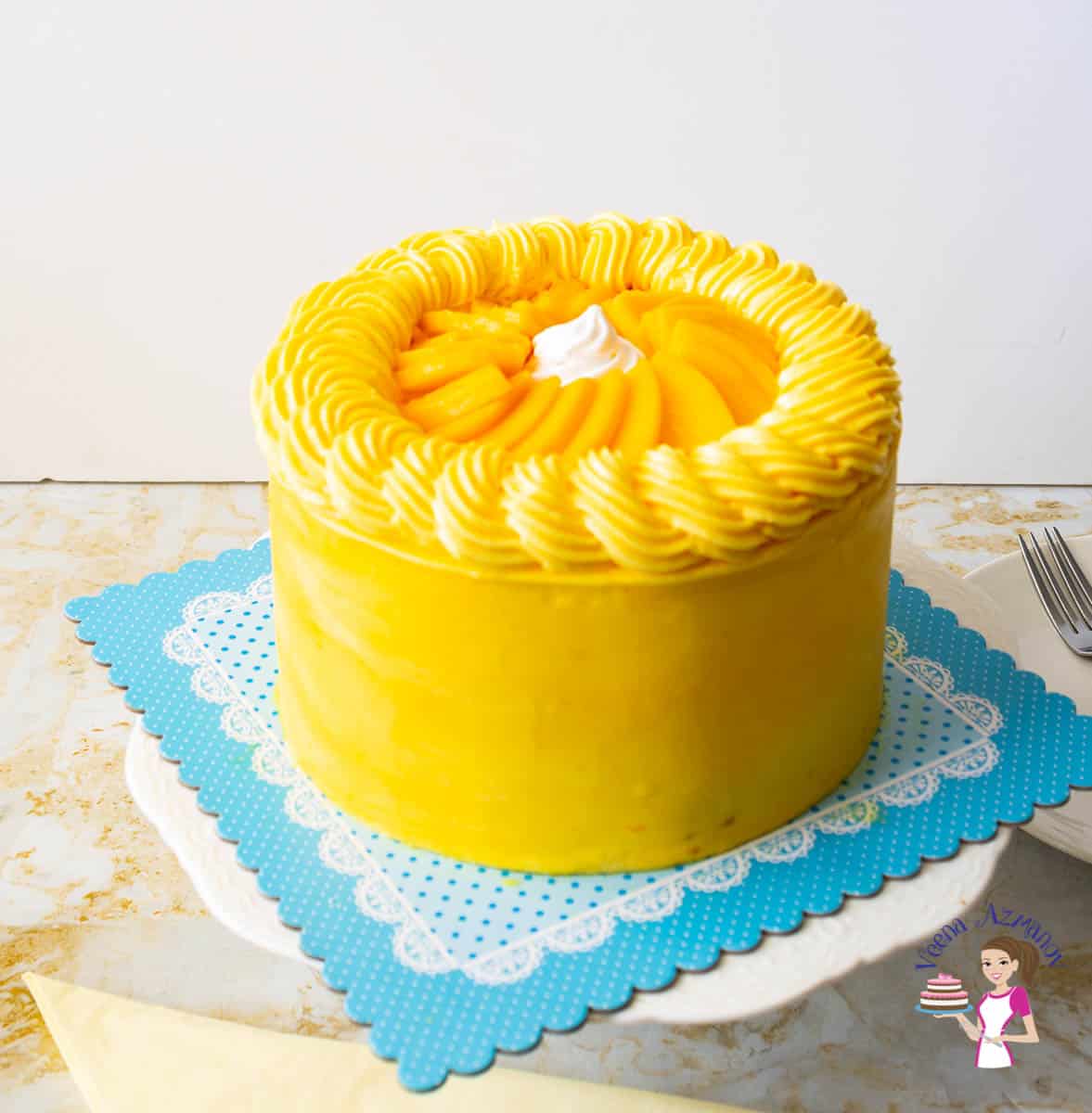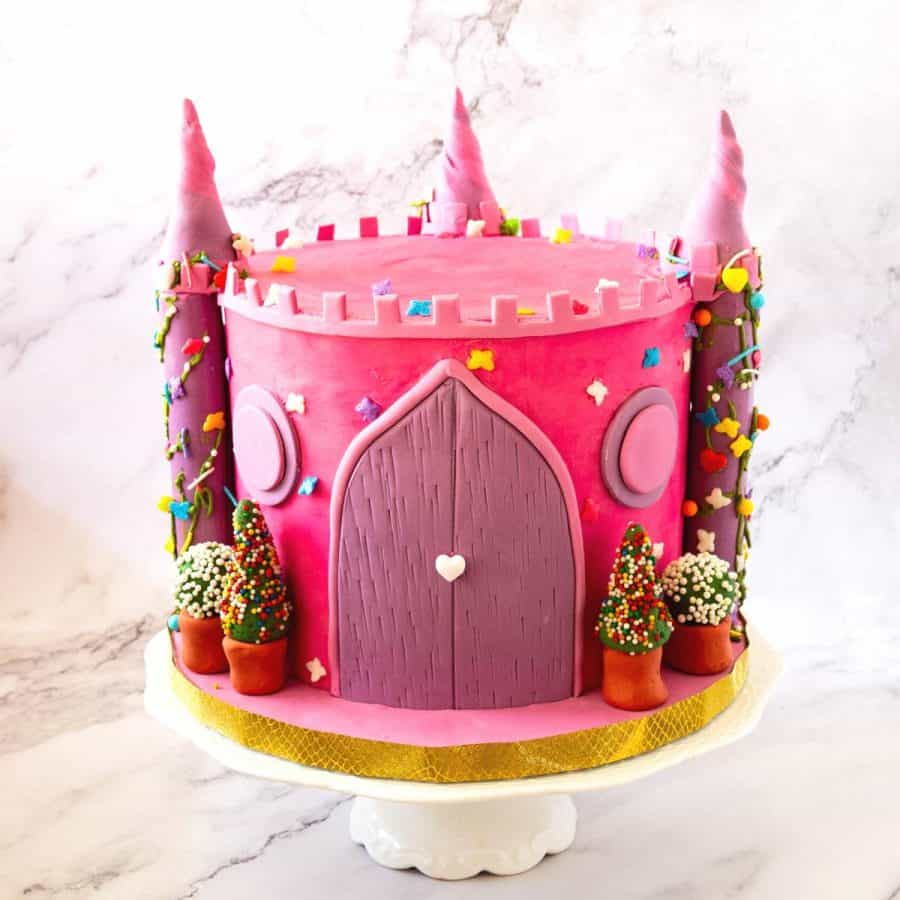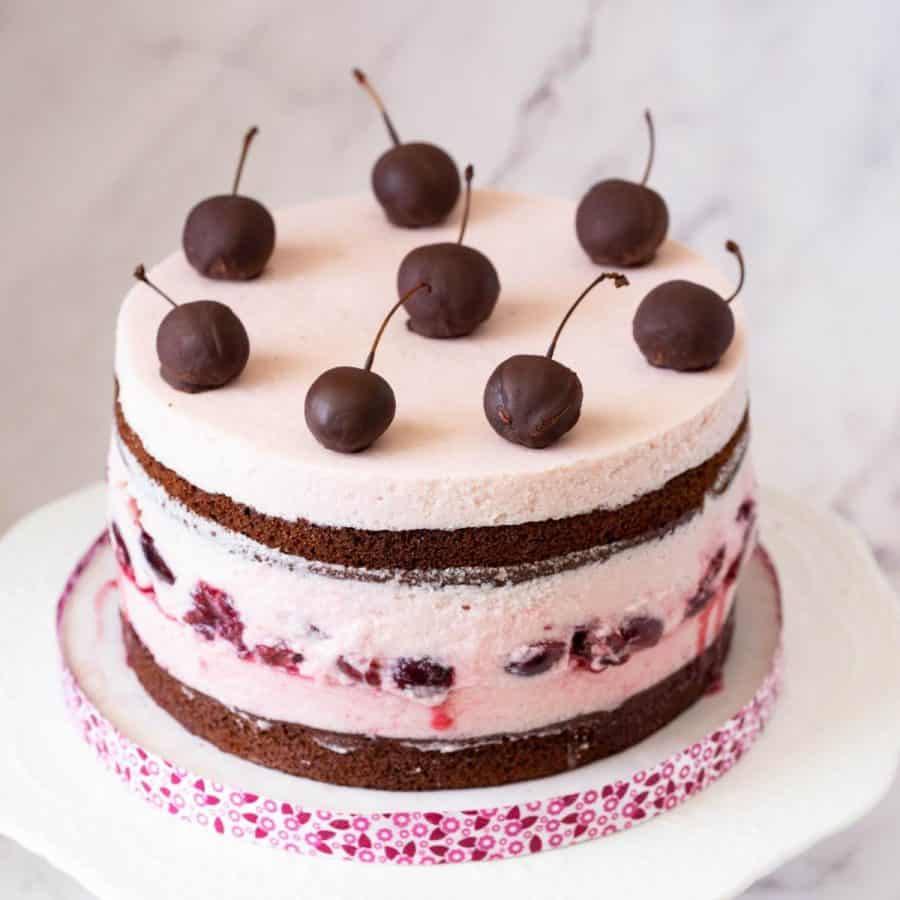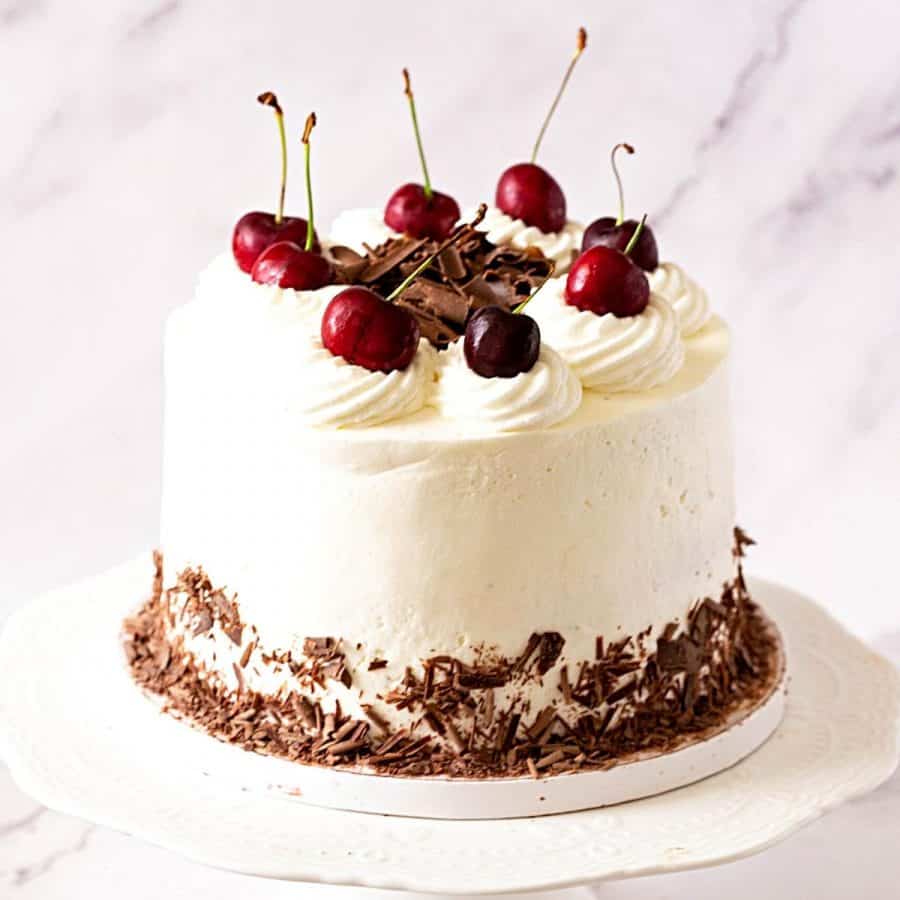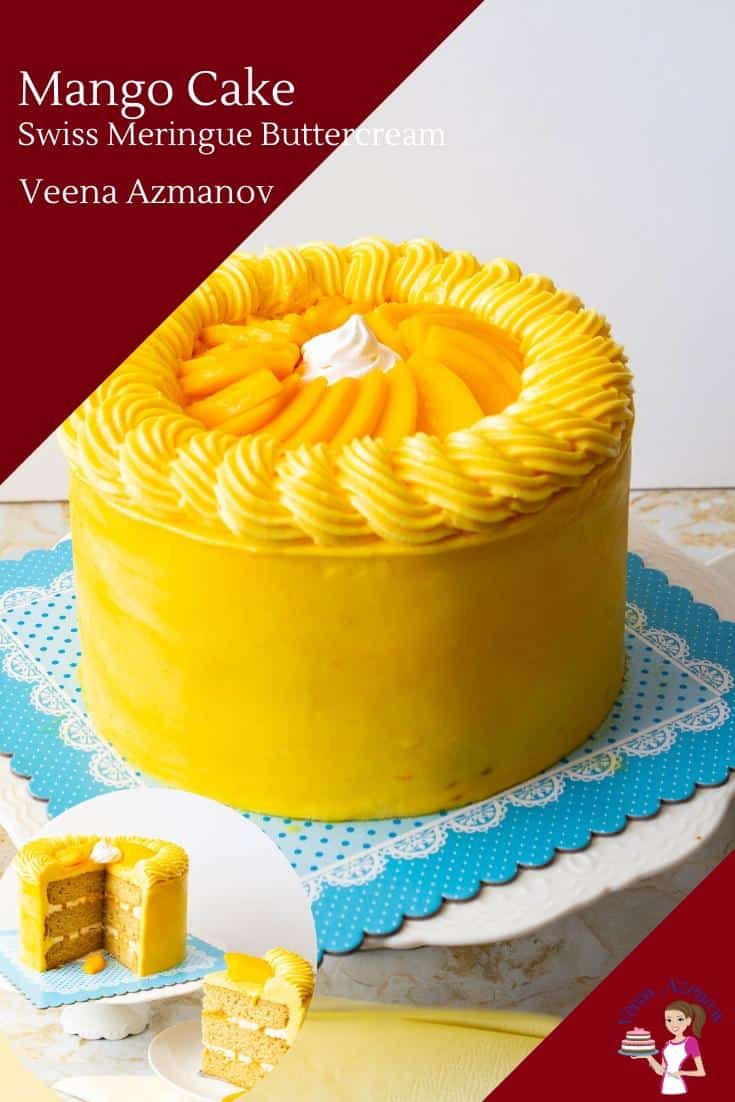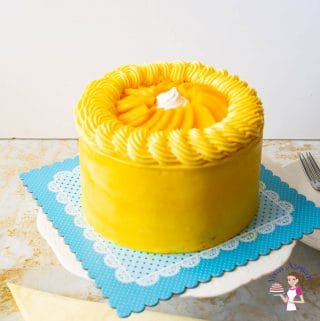Let me tell you about my son’s birthday last year. He’s a huge mango fan, so I wanted to make something extra special for him. After some thought, I decided to go all out and bake a frosted mango layer cake using fresh, seasonal mangoes. When my son saw the cake, his eyes lit up with excitement. He couldn’t believe I made it a mango-flavored cake! As we gathered around and sang Happy Birthday, I couldn’t help but feel a swell of pride. Seeing the joy on my son’s face made all the effort worth it. And when he took that first bite, his smile said it all. The cake was a hit! The soft, moist layers paired perfectly with the creamy mango frosting, creating a flavor explosion that had everyone going back for seconds. As I watched my son enjoy his special cake, I couldn’t help but feel grateful for moments like these—when a simple dessert becomes a sweet memory to cherish forever.
Step-by-step: Mango Cake with SMBC
Mango puree
Peel and slice the mango around the seed. Place in a food processor or blender and pulse until smooth. Pour in a saucepan and reduce on low heat until almost half of its original volume.Pro tip – We reduce the mango puree for a more concentrated flavor. You can also use fewer mangoes and skip the reduction. Divide as required in the recipe below for cake, filling, and buttercream.Pro tip – Depending on the size of the mango, you may need more or fewer mangoes.
Mango cake
Preheat the oven at 320 °F / 165 °C / Gas Mark 3 Grease and line 3 x 8-inch round cake pans or 2 x 9-inch round cake pan with parchment paper. Pro tip – You can half the recipe to make 3 x 6-inch round cake layers or one 12-cup bundt pan. Dry ingredients – Combine the flour, baking powder, baking soda, and salt. In the bowl of a stand mixer with the whisk attachment, whip eggs with half the sugar until light and foamy (ribbon stage). Remove the whipped eggs to a separate bowl and set aside.Pro tip – Start by whipping at medium-low speed, adding the sugar a little at a time, and gradually turning the speed to high. In the same bowl of the stand mixer with the paddle attachment, cream the butter and remaining sugar until light and fluffy.Pro tip – there is no need to clean the bowl after you whip the eggs. But you do need to work quickly so we don’t lose volume on the whipped eggs. Add the vanilla extract. Followed by the flour and buttermilk in three batches. Then, add the mango puree. Scrape the sides and bottom to ensure you have a smooth batter.Pro tip – do not overmix at this point as we do not want to activate the gluten in our cake. Finally, fold in the whipped eggs in three batches.Pro tip – I like to add the first 1/3 of the whipped eggs with a whisk and then fold the rest gently with a spatula. Divide the batter between the prepared baking pans. Spread evenly with a spatula. Pro tip – I like to use cake strips to ensure my layer cakes bake flat. Tap the pan to remove any air pockets. Bake in the preheated oven for 25 to 30 minutes. When done, cool in the pan for 10 minutes. Then, invert onto a cooling rack and cool completely before decorating.
Mango Swiss meringue buttercream
Watch my video on how to make Swiss meringue buttercream Place egg whites and sugar in the bowl of the stand mixer.Pro tip – make sure the bowl is grease-free; otherwise, the egg whites will not whip. Using a whisk, place the bowl over a double boiler and constantly whip until all the sugar has dissolved and the egg whites are pretty warm (about 160 F).Pro tip – You don’t need a thermometer. As long as all the sugar has completely melted your eggs are ready to use. Take the bowl off the heat and whip the egg whites until you have a thick meringue with stiff peaks.Pro tip – it is best to start whipping eggs at medium speed then increase speed as you go for the best meringue Let the mixer continue to whip on medium-low until the bowl feels cool to the touch. Then, gradually add butter, one cube at a time, with the mixer at medium speed.Pro tip – it is VERY important that the meringue is cooled completely before you add the butter otherwise you will have a soupy mess. Once all the butter is added, whip on medium-high for 2 minutes. Lastly, add the vanilla. Combine well until everything is well combined. Put 2 cups buttercream in a piping bag for the buttercream dam.Pro tip – Don’t skip the buttercream dam; otherwise, all the filling will ooze out of the cake from the sides, which looks very messy. Mango buttercream – Add mango puree to the remaining buttercream. Add a few drops of yellow food color.Pro tip – Mango is yellow, but it does not make the buttercream very yellow. Do not skip the yellow food color unless you want a pale off-white frosting.
Assemble
Prepare simple syrup – cool completely before using.Pro tip – simple syrup is just sugar and water boiled for 3 minutes. It keeps the cake layers moist. Once cooled, use a serrated knife to cut the domes off the cake layers. Brush each layer with the cooled, simple syrup. Place a cake layer on the cake board or cake stand.Pro tip – If you plan to move the cake again, it is best to use a cake circle under it so you can pick it up with its base without any accidents. Fill the cake – Pip a buttercream dam (edge) on the cake layer. Top with a big dollop of mango puree – spread evenly but within the piped buttercream dam/edge. (see video) Next, top the second cake layer, followed by the buttercream dam and filling. Then, place the last cake layer on top.Pro tip – It is best to lift individual cake layers on pieces of clean cardboard or cake lifter so you do not break them from table to cake. Place the cake in the fridge to chill for 10 to 15 minutes.Pro tip – Chilling the cake at this point will ensure the layers don’t move when you frost the outside. Though, if you leave the cake uncovered in the fridge for too long it can dry out. So, 10 minutes is all you need.
Crumb coat – Spread more buttercream around and on top of the cake. (see video). Chill the cake for another 15 to 30 minutes.Pro tip: Chilling the crumb-coated cake will ensure no cake crumbs get into the rest of the buttercream, and you will have a nice, clean cake. Spread the remaining buttercream around and on top of the cake.Pro tip – A straight-edge spatula for the top, an off-set spatula, and a bench scraper for the sides work better. Final smoothing – dip an off-set spatula and bench scraper in warm water and smooth the sides and top of the cake. Add the remaining frosting in a large piping bag with the star tip. Pipe a border around the cake at the top. (see video) Decorate with slices of fresh mango (see video). Enjoy!
Storage
This cake will stay in the fridge for up to a week. You can keep the unfrosted cake at room temperature for 2 days. You can even freeze this cake for up to a month.
Frequently asked questions
This mango cake recipe is a must-try for anyone who loves a tropical twist on a classic dessert. With fresh mango flavor and a fluffy texture, this cake is a showstopper that will impress your loved ones.
First, make sure that all of your ingredients are at room temperature before you begin. This will ensure that they blend together seamlessly and create a smooth, consistent batter. Next, be sure to mix your dry ingredients together thoroughly before adding them to the wet ingredients. This will ensure that the flour is evenly distributed and that your cake rises evenly. When incorporating the mango puree into the batter, make sure that it is fully mixed in and evenly distributed. Be careful not to overmix, as this can cause the cake to become tough and dry. Finally, be sure to use the right size pan for your cake. My suggestion is to use 3 x 7-inch baking pans or two 9-inch baking pans as these will give your cake enough space to rise without overflowing and you won’t need to torte the cakes when frosting.
Start by giving your cake a smooth and even coating of frosting. Use a spatula to spread the frosting evenly over the top and sides of the cake. For a more professional look, consider using a cake turntable to help you achieve a smooth and even finish. Once your cake is frosted, consider adding some fresh mango slices as a garnish. Arrange the slices in a way that is visually appealing, such as a spiral pattern or a layered design. If you have any leftover mango puree, you can also drizzle some of it over the top of the cake for an extra pop of color and flavor. Another option for decorating your mango cake is to use edible flowers. Look for flowers that are safe for consumption, such as roses, violets, or pansies. Place the flowers on top of the cake in a way that complements the overall design. With these tips in mind, your mango cake is sure to look as good as it tastes.
This cake is absolutely delicious and doesn’t not need anything else to go with it. If you have a large party and want to serve more than one dessert, slice the cake into smaller, bite-sized pieces and serve them on a platter with toothpicks for easy grabbing. If you want to skip the frosting you can bake this batter in a sheet cake pan and then serve each slice with a dollop of whipped cream and more fresh mango pieces. For a more indulgent approach, try serving your cake warm (without frosting) with a scoop of vanilla ice cream on the side. Yum!
Thank you for sharing - Save for later
